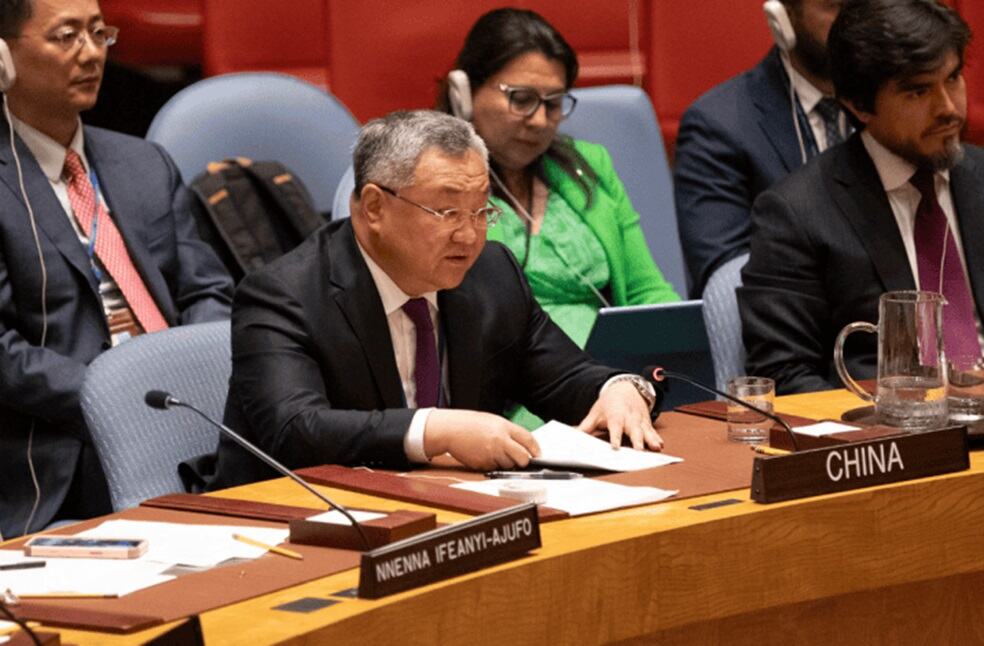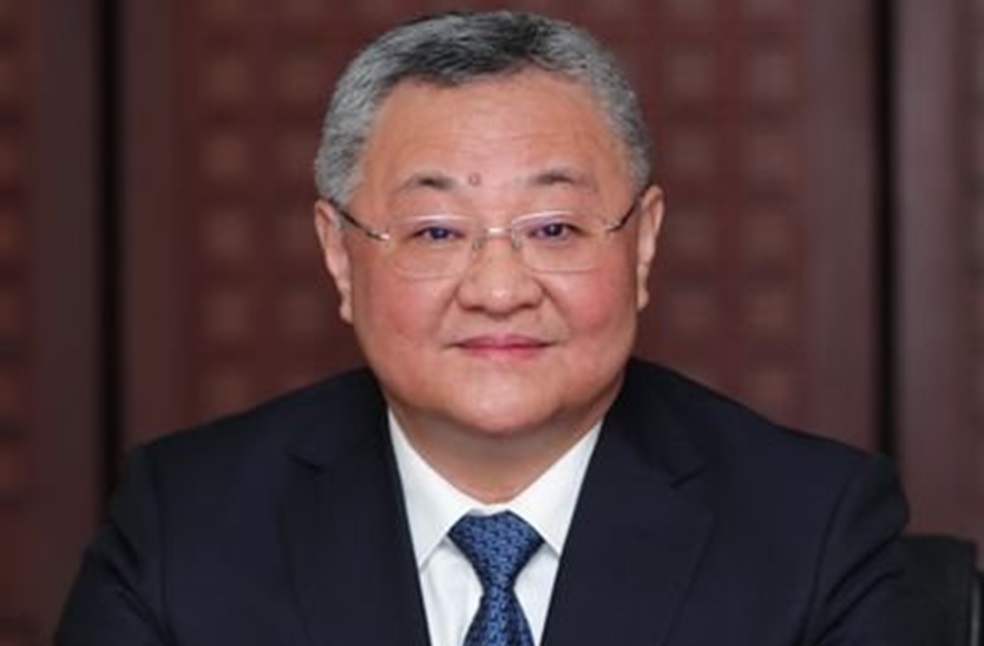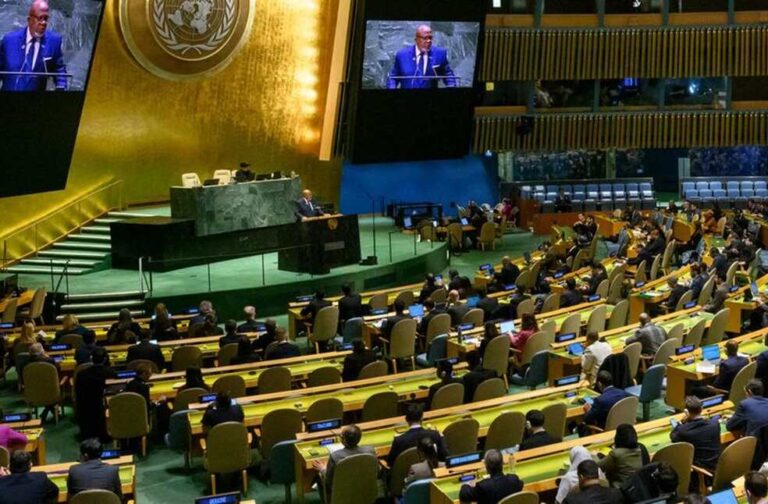UNITED NATIONS: The United Nations General Assembly has passed a Chinese-sponsored resolution, supported by the US, urging wealthy nations to close the widening gap with poorer countries and ensure equal opportunities to use and benefit from artificial intelligence (AI).
The resolution follows the March 21 adoption of the first UN resolution on AI, led by the United States and co-sponsored by 123 countries, including China.

The adoption of both the non-binding resolutions demonstrates that the United States and China, are committed to shaping the future of AI technology and are cooperating on these initial international efforts.
The unanimous approval of both resolutions by the 193-member General Assembly indicates strong global support for their leadership on this issue.
China’s UN Ambassador Fu Cong stated that the two resolutions are complementary, with the US measure being ‘more general’ and the newly adopted resolution focusing on ‘capacity building.’

Fu highlighted the rapid advancement of AI technology and mentioned that discussions have occurred at senior levels, including between US and Chinese leaders. However, Fu criticized the US Treasury Department’s proposed sanctions to restrict and monitor US investments in China for AI, computer chips, and quantum computing.
The Chinese resolution calls for a fair, open, inclusive, and non-discriminatory business environment for AI’s design, development, and use.
Both the US and Chinese resolutions focus on civilian applications of AI. Fu also stressed the importance of addressing the military dimension of AI, advocating for international measures to reduce risks posed by AI development.

The resolutions warned of AI’s dangers while promoting its potential benefits for economic development and improving lives globally.
The US resolution recognised that AI governance is evolving and called for further discussions on governance approaches, personal data protection, safeguarding human rights, and monitoring AI for potential risks. On the other side, China’s resolution aimed to address the widening AI technology gap between developed and developing countries.



